First Official Data From the Pluto Flyby Reshapes the Dwarf Planet’s History
“The ‘little spacecraft that could’ is making a lot of big discoveries,” says Alan Stern
/https://tf-cmsv2-smithsonianmag-media.s3.amazonaws.com/filer/d7/16/d7163c53-9474-425a-bb52-0fef9527627a/nh-pluto_cropjpg.png)
Barreling into distant space—over 3 billion miles away—NASA’s New Horizons spacecraft has been busily beaming back data it logged during its historic rendezvous with Pluto just three months ago.
Downloading data over such long distances is a beast of a task. Trickling at a speed roughly 100,000 times slower than standard high-speed Internet on Earth, it will take 16 months to download completely. But now scientists have analyzed the initial data and released their first official findings Thursday, published in the journal Science.
Though some of the report details features that we’ve already ogled in the breathtaking images previously released, scientists are starting to puzzle through the many mysteries of this frozen world. This new report assembles the diverse features of the stunningly complex landscape and begins to retell the story of how Pluto and its five moons—Charon, Hydra, Kerberos, Nix, and Styx—came to be, highlighting the mysteries that still remain.
From the mountains made of water-ice, towering as high as 11,00 feet, to vast flowing glaciers of frozen nitrogen, spanning hundreds of miles, the spectacularly complex surface of the dwarf planet wowed and puzzled scientists when they caught their first glimpse in July.
“We expected Pluto to be a complex place, but not like this,” says Alan Stern, principal investigator for the New Horizons mission. “It’s so complicated it makes my head hurt.”
Of particular interest is a giant heart-shaped stamp across Pluto’s side. The western lobe of the heart, dubbed Sputnik Planum, covers an area the size of Texas and is completely smooth.
But why does that matter?
In most cases meteorites constantly rain down on planets, pockmarking their surfaces. Scientists can count the craters, like the rings of a tree, and estimate the surface’s age. But the entire Sputnik Planum area is devoid of craters—not a single one can be found—meaning the surface formed “geologically yesterday,” says Stern.
Before the New Horizons mission, scientists expected this tiny, frozen planet to be geologically dead—an icy ball devoid of the heat necessary to drive an internal engine that builds mountains and spews lava. But that just isn’t the case. Though the mountains and lava may be ice, Pluto and Charon are very much geologically alive.
This new data also confirms that nitrogen glaciers flow around icy peaks, surging and moving much like glaciers on Earth. Also exciting are the possibilities of what lies below. The exotic ices of nitrogen, methane, and carbon dioxide that make up it surface could flow deep within in the planet.
But the heat and energy necessary to build mountains of ice or drive the glacial flow is still unknown. For other icy moons like Jupiter’s Io, the gravitational pull as it rotates around the planet provides enough heat to resurface the frozen orb. But Pluto and Charon are locked in a face-to-face orbital dance, which limits these tidal forces.
Small amounts of heat from the decay of radioactive minerals in Pluto’s rocky core, like uranium, may in part drive the flow of glaciers. But it would be insufficient to build such massive ice mountains. Solving this puzzle could upend what the current theories about how planets form and function.
“New Horizons has exposed a serious flaw in what we know about the geophysics of planets,” says Stern.
Other particularly puzzling features are the wind streaks and dark spots in the western reach of Sputnik Planum. The latest analysis has determined that they are actually dunes, which is surprising because the dwarf planet’s thin atmosphere—at a measly one thousandth of one percent of Earth’s atmosphere—shouldn’t be able to support the wind necessary to craft these features. Though it isn’t likely for wind to actively whistle through the icy crags, Pluto may have once sported a thicker atmosphere, says Stern.
That theory of a fluffier ancient atmosphere, one that could retain enough heat for liquid to flow, is further supported by a dendritic system of crevices found on Pluto, explains Stern.
The more we learn, the weirder it gets. “It’s a very sci-fi world,” says Stern. “If it were as close as Mars, I think there’d be no question we’d be sending human missions there.”
At 3 billion miles away, manned missions aren’t in our future. Even so, there is so much more to learn as the download continues. “Right now we are just standing under this waterfall and it is raining data,” says Stern.

/https://tf-cmsv2-smithsonianmag-media.s3.amazonaws.com/accounts/headshot/Wei-Haas_Maya_Headshot-v2.png)
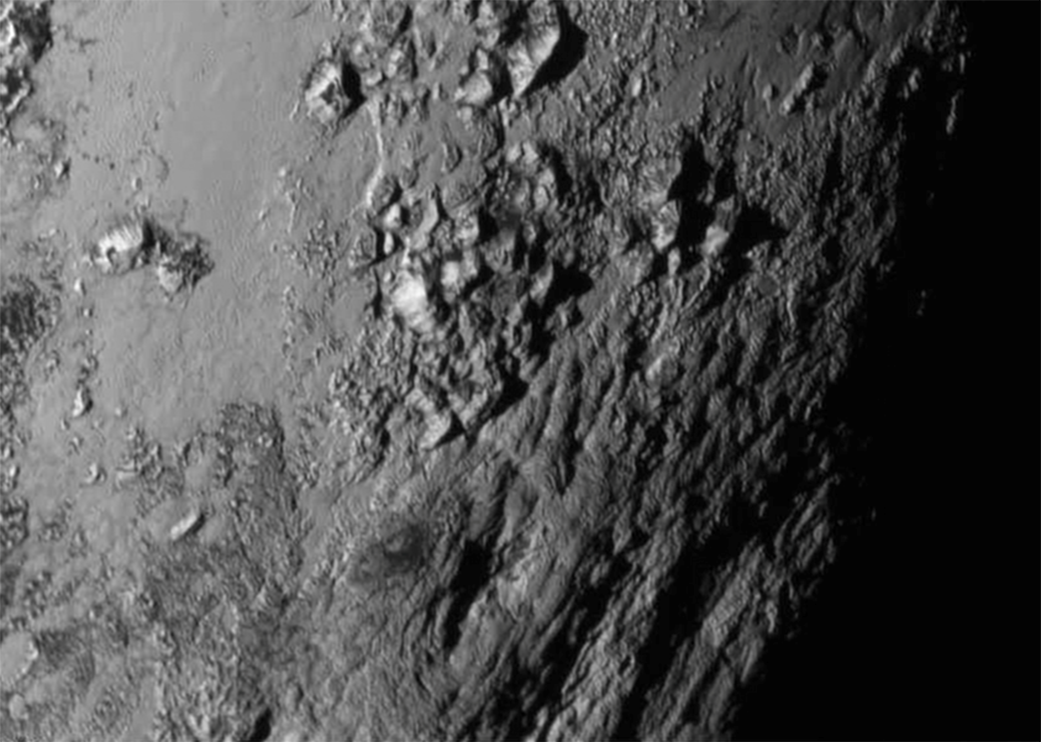
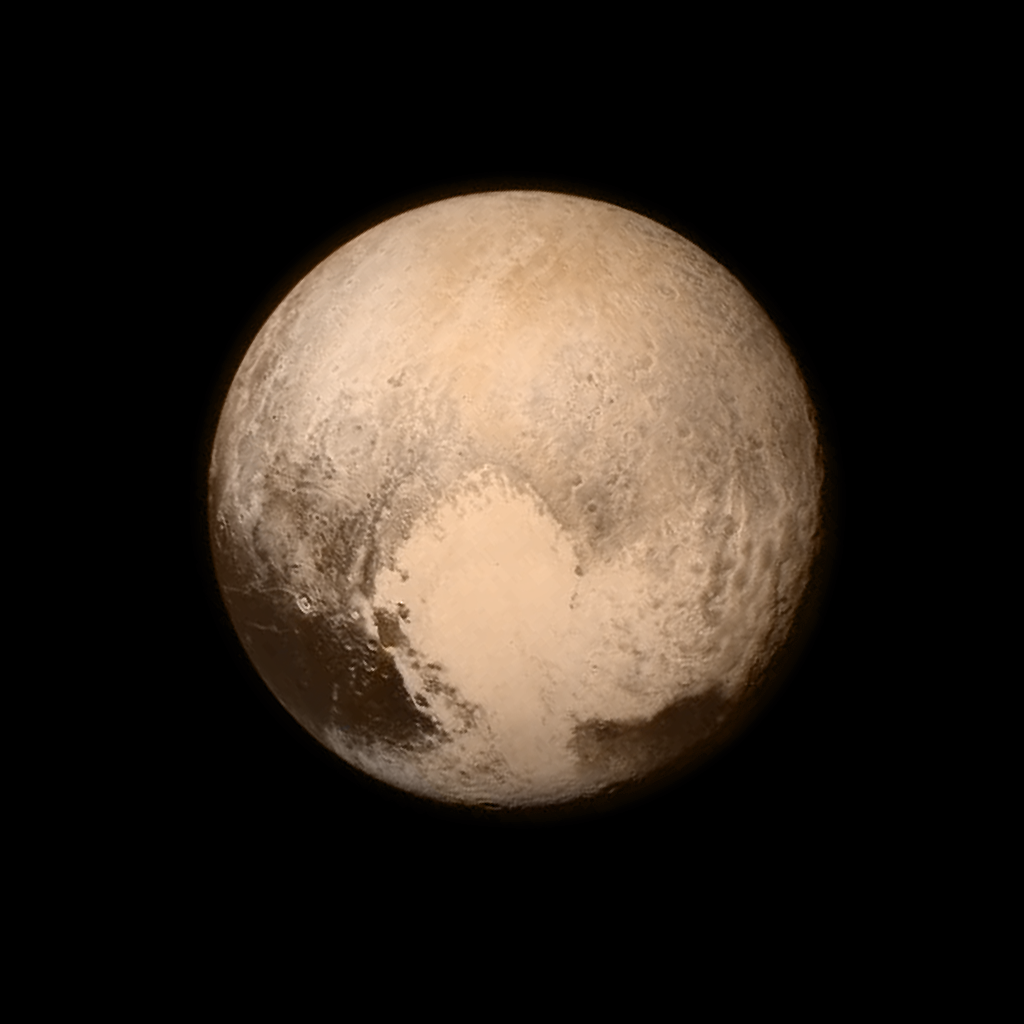
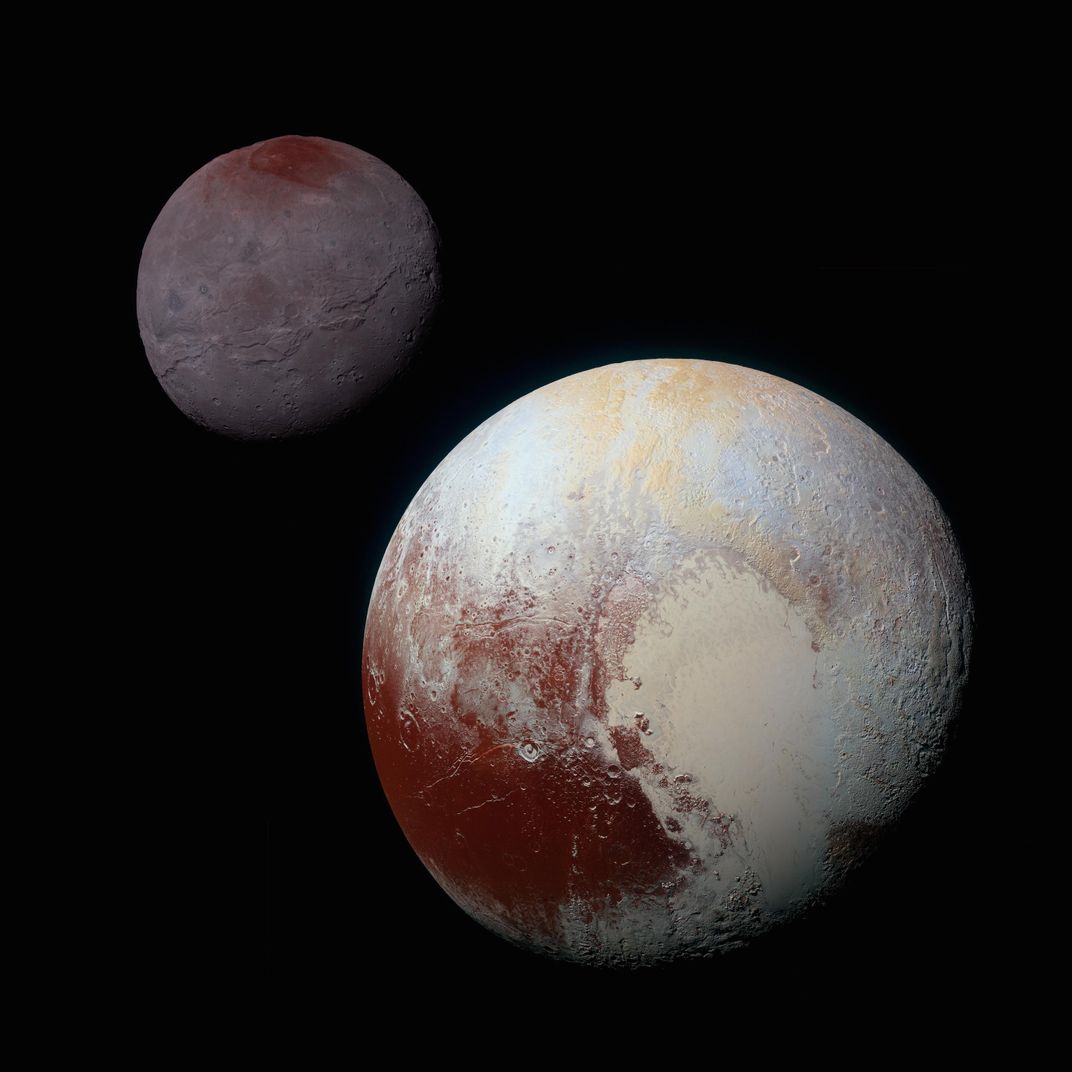
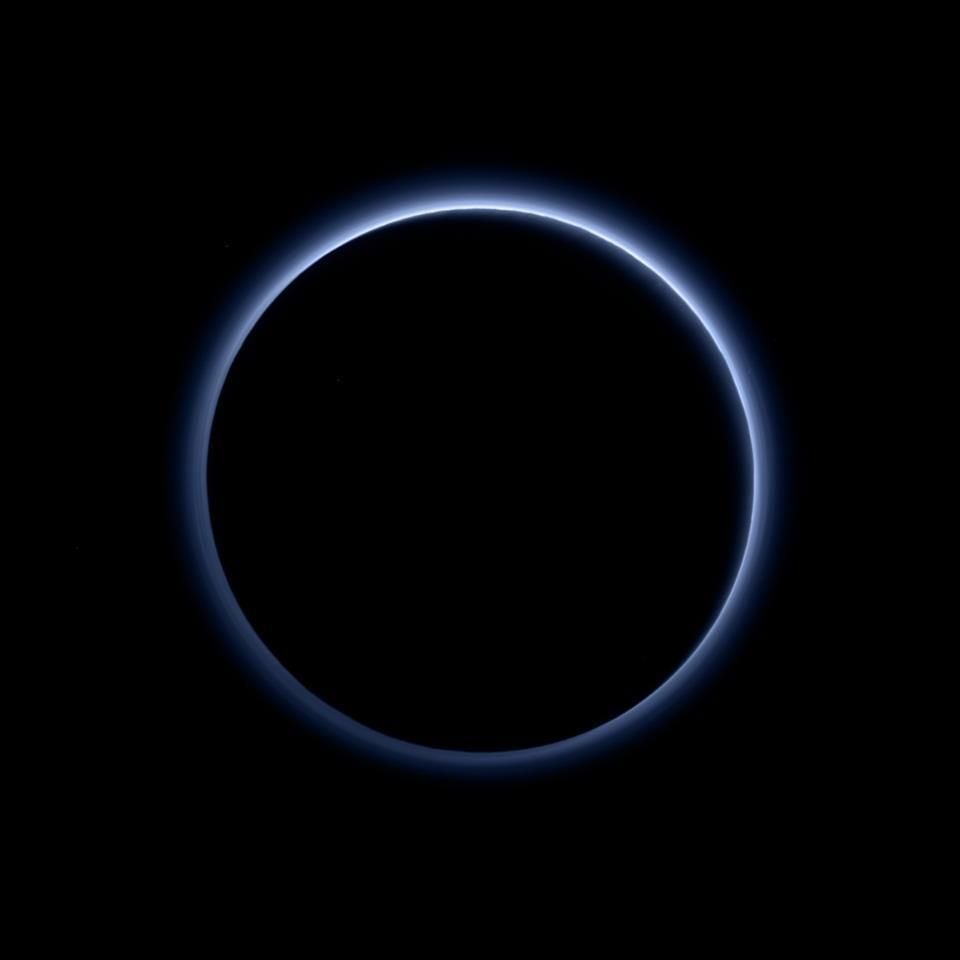

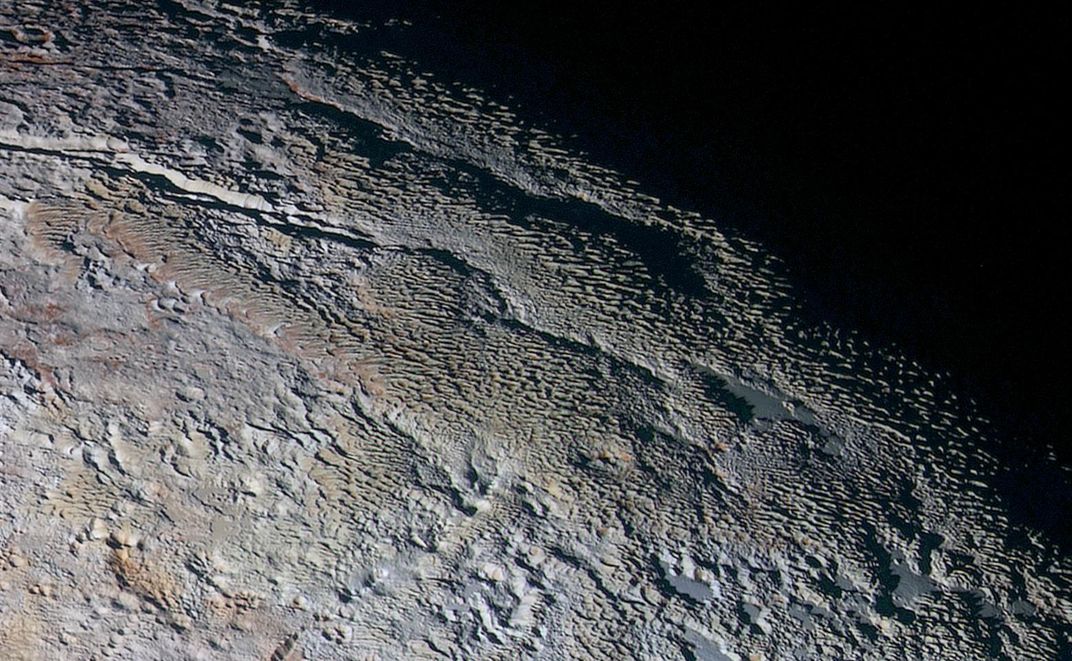
/https://tf-cmsv2-smithsonianmag-media.s3.amazonaws.com/accounts/headshot/Wei-Haas_Maya_Headshot-v2.png)